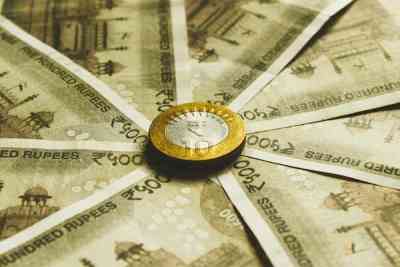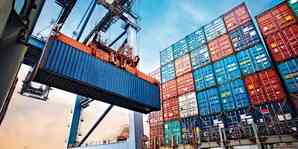Eco Survey red flags: Higher CAD, rupee depreciation, entrenched inflation
On the external front, risks to current account balance stem from multiple sources, noted the Economic Survey 2022-23 that was placed in the Parliament on Tuesday.

New Delhi, Jan 31 (IANS) On the external front, risks to current account balance stem from multiple sources, noted the Economic Survey 2022-23 that was placed in the Parliament on Tuesday.
While commodity prices have retreated from record highs, they are still above pre-conflict levels. Strong domestic demand amid high commodity prices will raise India's total import bill and contribute to unfavourable developments in the current account balance.
These may be exacerbated by plateauing export growth on account of slackening global demand.
Should the current account deficit (CAD) widen further, the currency may come under depreciation pressure, the Survey said.
The widening of the CAD may also continue as global commodity prices remain elevated and the growth momentum of the Indian economy remains strong. The loss of export stimulus is further possible as slowing world growth and trade shrinks the global market size in the second half of the current year.
Another risk to the outlook originates from the ongoing monetary tightening exercise. While the pace of rate hikes has slowed, major central banks have reaffirmed their hawkish stance on inflation.
Entrenched inflation may prolong the tightening cycle, and therefore, borrowing costs may stay 'higher for longer', the Survey said.
In such a scenario, global economy may be characterised by low growth in FY24. However, the scenario of subdued global growth presents two silver linings -- oil prices will stay low, and India's CAD will be better than currently projected.
The overall external situation will remain manageable, and against this backdrop, the survey projects a baseline GDP growth of 6.5 per cent in real terms in FY24. The projection is broadly comparable to the estimates provided by multilateral agencies such as the World Bank, the IMF, the ADB and domestically by the RBI.
The actual outcome for real GDP growth will probably lie in the range of 6 per cent to 6.8 per cent, depending on the trajectory of economic and political developments globally, the Survey said.


 IANS
IANS 








